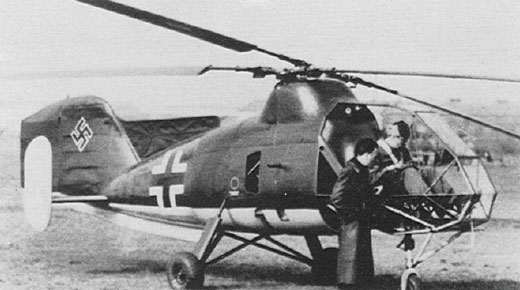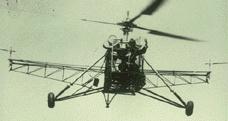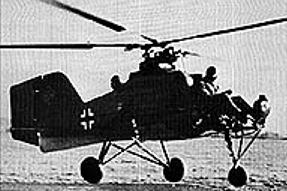Daryl Hunt
Your Worst Nightmare
- Banned
- #1
So the ETO goes on for another year. Let's see what the Luftwaffe would have faced.
Hundreds of P-80s that would have been rung out by August of 1945. Meaning, they would have been battle ready with a top speed over 50 mph faster than the 262. And more on the way.
Hundreds of B-45s. More than a few B-35s and a host of others including the B-29. Even the B-36 might have been possible. The list of bombers that could have been produced had the war gone on longer is staggering.
A couple or three German Cities would be glow in the dark. You could read at night without a lamp. And the AAF would have the bombers to deliver them.
Most of these didn't happen. The Allies didn't need them. But if Germany had found a way to go one more year, the technology of the US and Britain would have produced them. Mostly the US.
This is adding the consideration that Germany found new ways to make fuel. The Aircraft they would have presented wouldn't have changed that much. Only the numbers in the air would. Also, Germany would have to get more butts in the seats.
German Navy? Where? Has anyone really seen it in strength from 1944 on?
I'll let the ground pounders add the tanks and other weapons. But Germany would have suffered even worse than it did even on the ground as new Allied Weapons made the scene that normally would not be introduced until 1947 and beyond.
Hundreds of P-80s that would have been rung out by August of 1945. Meaning, they would have been battle ready with a top speed over 50 mph faster than the 262. And more on the way.
Hundreds of B-45s. More than a few B-35s and a host of others including the B-29. Even the B-36 might have been possible. The list of bombers that could have been produced had the war gone on longer is staggering.
A couple or three German Cities would be glow in the dark. You could read at night without a lamp. And the AAF would have the bombers to deliver them.
Most of these didn't happen. The Allies didn't need them. But if Germany had found a way to go one more year, the technology of the US and Britain would have produced them. Mostly the US.
This is adding the consideration that Germany found new ways to make fuel. The Aircraft they would have presented wouldn't have changed that much. Only the numbers in the air would. Also, Germany would have to get more butts in the seats.
German Navy? Where? Has anyone really seen it in strength from 1944 on?
I'll let the ground pounders add the tanks and other weapons. But Germany would have suffered even worse than it did even on the ground as new Allied Weapons made the scene that normally would not be introduced until 1947 and beyond.







